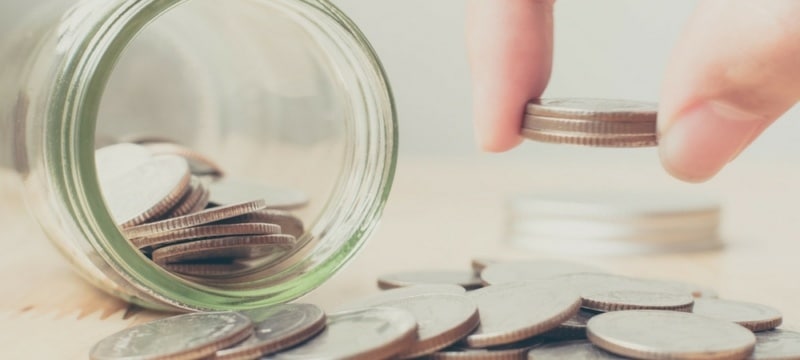This article was written by guest blogger Bahiyah Shabazz.
Imagine you’re taking a summer road trip and the check engine light on your dashboard suddenly pops on. You pull over to the nearest auto shop to get a diagnosis, only to find out that your transmission is going out. The mechanic can fix it today, but it will cost you $2,000 to rebuild.
If you have an emergency fund, you can use it to pay for the repair and be on your way. But if you’ve neglected to save each month and your emergency fund has dwindled, your credit card is the next option, and that means paying interest on the cost of the repair.
How much money should I have in savings by now?
No one expects a transmission to go out, a flood to occur in the basement, or an illness to strike. In life, you can expect the unexpected to take place, and it’s important to be prepared for whatever comes your way.
But how do you figure out how much to save?
The first step is to add up your total monthly expenses. Gather all of your financial statements, monthly bills, and invoices, and review your budget to ensure you’ve included everything. Too often, people forget to add in expenses like union dues, daycare tuition, or monthly prescriptions.
Once you’ve calculated your expenses, multiply the number by 12, which will give you the total amount you should have saved in an emergency fund—one year’s worth of expenses.
Make saving money part of your household budget
To effectively build your savings, you need to pay yourself first. Make sure you budget for savings just as do for your cell phone bill and mortgage payment. By adding savings as a line item in your budget, you are agreeing to pay yourself just as you would any other bill.
Add to your savings each month
Begin saving 2 percent of your net income each pay period, or $20 per $1,000. That’s enough to see a significant amount build in your savings account, but it’s not enough to take away from your other obligations. Once you’re in the savings groove, slowly increase the contributions.
Change your spending habits
When you commit to building an emergency fund, you must decide to change your spending habits. Create a plan to keep track of your income and expenses. Tracking your spending will show you where your money is going each month—and where you can cut back—and it will also hold you accountable, keeping you focused on the goal of saving.
You’ll also begin to establish a relationship with your money. Acknowledge where your money is going, any weaknesses you may have (such as spending too much money on takeout or new clothes), and where you need improvement (such as making more than the minimum payment on your credit card bill every month).
Open a saving account that isn’t accessible and fund it automatically
Set up a savings account that isn’t linked to your debit card. Deposit a specific amount into that account, and contribute the rest of your paycheck to your checking account. If your savings account and checking account are at separate financial institutions, you can ask your employer for a split deposit. If your accounts are with the same bank, request an automatic transfer from your checking account into a savings account by your financial institution.
Both are ideal scenarios if you believe in the old saying, “out of sight, out of mind.”
You can benefit from having an emergency fund no matter what your income level. It’s not how much money you earn each month, it is how much money you’re able to save that will help you build wealth and secure your future.
Bahiyah Shabazz is a leader in maximizing your potential and visualizing growth. She’s an entrepreneur, author, personal wealth expert, and financial blogger. Bahiyah Shabazz is also the founder and CEO of both Shabazz Management Group and Fabulous & Money Savvy. She is the author of Finances are linked to emotions, Spending cleanse: Clean up your finances in 5 days, and Save & Budget: Learn to put your needs first. Bahiyah has appeared as a guest on the nation’s television and radio networks. She has also appeared in Black Enterprise.com, Urban Business Roundtable, HER Magazine, Industry Buzz, Rolling Out, The Savvy Sistah, and a variety of other media outlets. Bahiyah has a MBA in business and finance.






